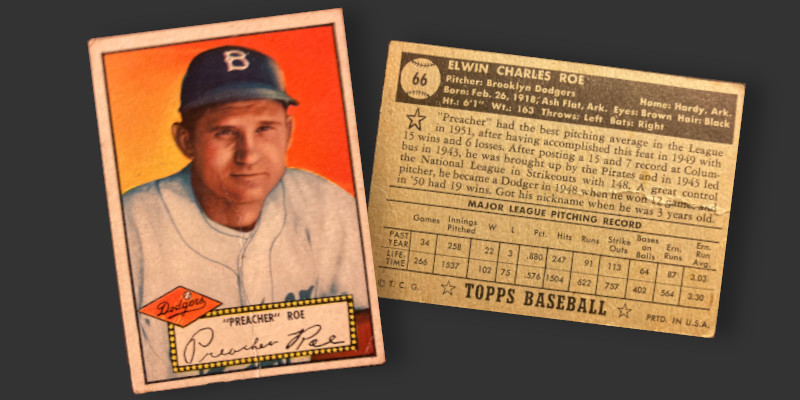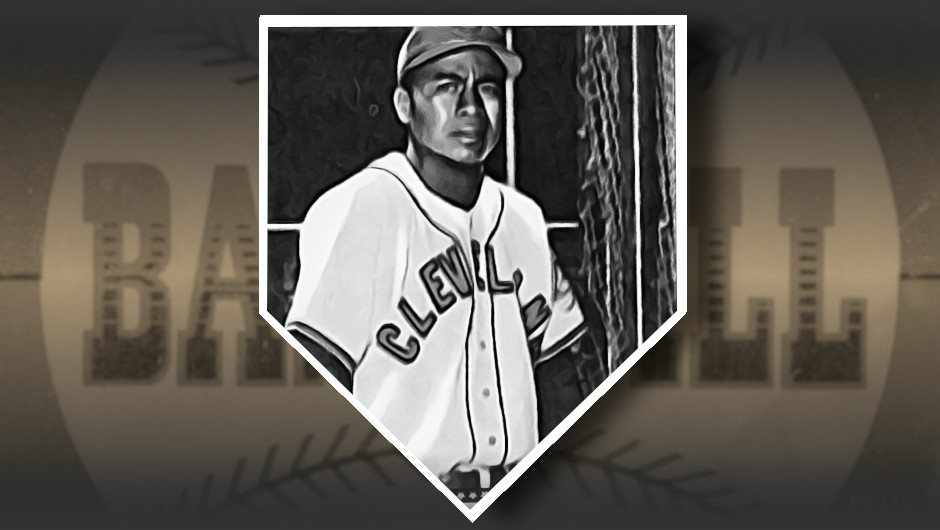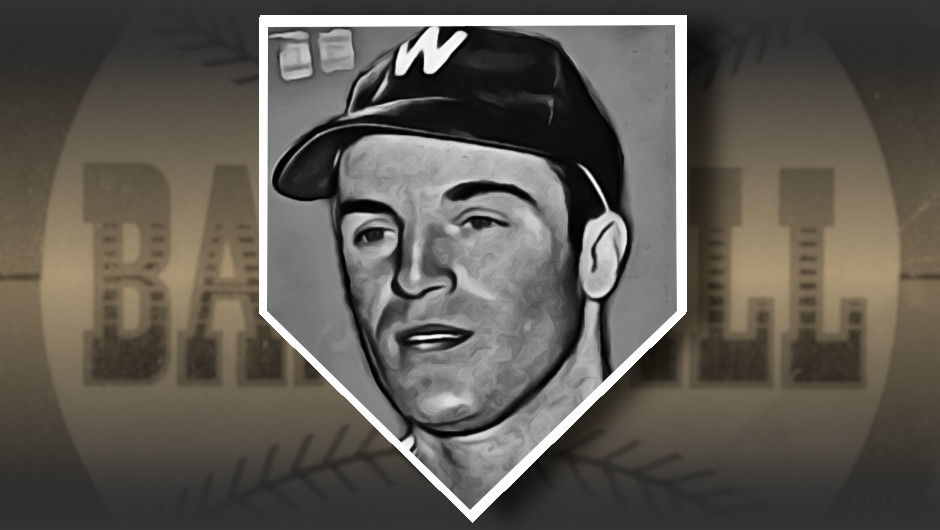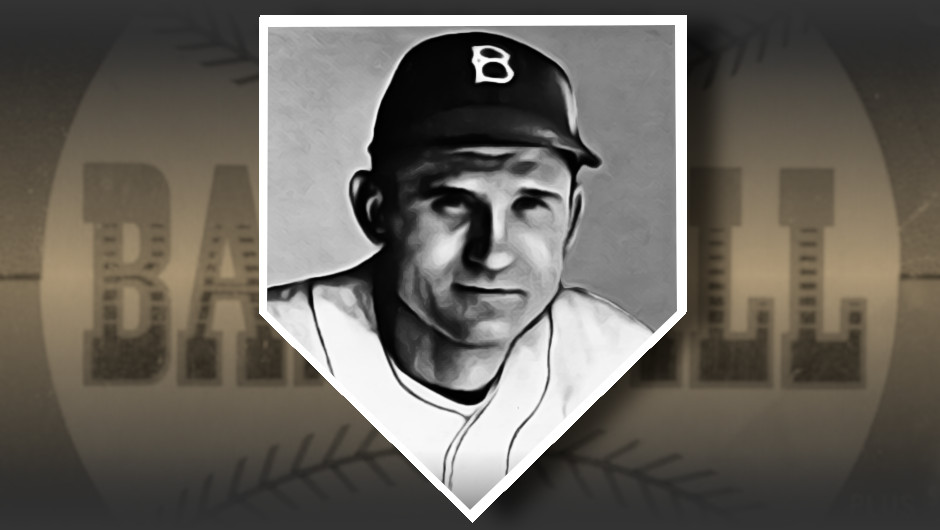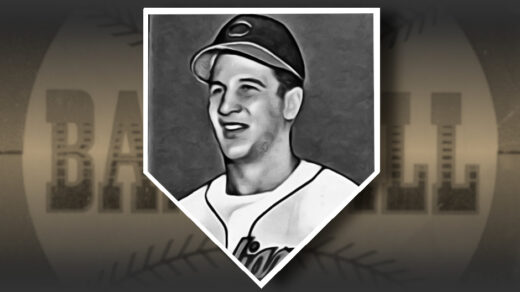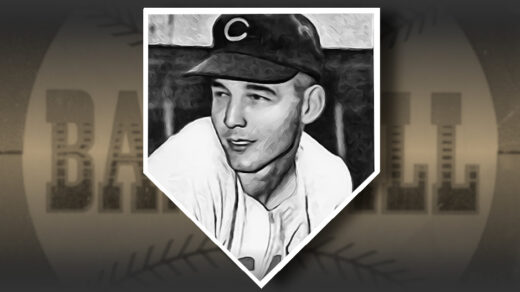The story’s always the same, isn’t it? A successful major league ballplayer retires, sits down with a long-form journalist, and admits something everyone knew all along but is shocked to see in print. Sports Illustrated kicked off what would morph into the Mitchell Report with just such an interview with Ken Caminiti in 2002.
Such reporting harkens back to the periodical’s founding in the mid-1950s. In 1955 SI reporter Dick Young sat down with Preacher Roe to discuss his recent retirement from baseball and rumors that Roe had been a regular practitioner of the spitball, a pitch that had been outlawed for 35 years. The result was a detailed account of how such a pitch is thrown and a candid admission from Roe that the pitch is what made his career. Roe famously quipped that his longevity in the majors was purely the result of “clean living and the spitball.”
Roe admitted to having regularly used the pitch for the last 7 years of his career. Furthermore, he claimed the practice was common throughout major league pitching staffs and said he personally knew others (presumably former Dodgers and Pirates teammates) sending loaded baseballs over the plate on a regular basis.
The reaction was swift. Readers filled an entire page with comments in the July 18 edition of SI. These ranged from compliments on deep research and Young’s skillful portrayal of Roe’s humanity to disdain for the game’s cheaters and a lack of interest in quickly dismissing them from the sport (Sound familiar?). Baseball commissioner Ford Frick reacted favorably, encouraging the sport to drop the prohibition on the pitch. Executives comprising the sport’s rules committee discussed a repeal but ultimately decided to continue considering any spitter to be an illegally doctored ball.
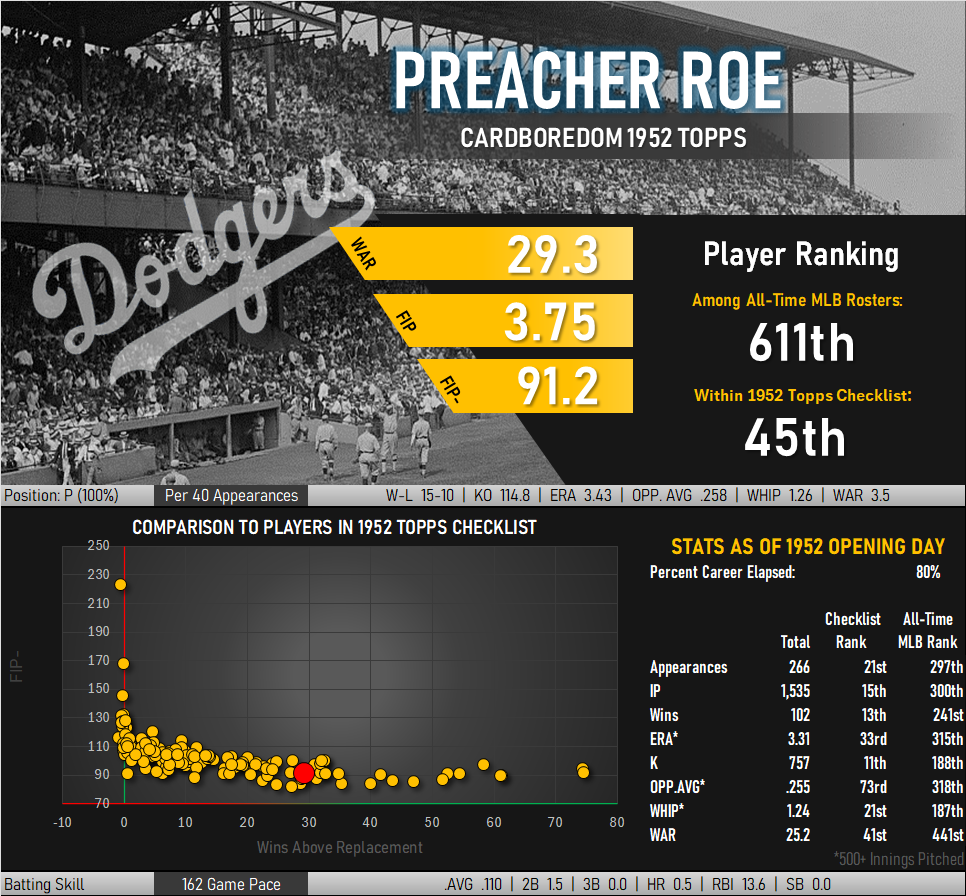
When it worked, the spitter was unstoppable for Roe. He is pictured in the 1952 Topps set coming off a 22-3 record in the previous season and his career stats show a clearly above average hurler. The card has one of those great orange gradients that pair so well with the colors of baseball uniforms. These backgrounds only appear in the set’s earliest series with Topps moving towards more natural backdrops for later issues.
